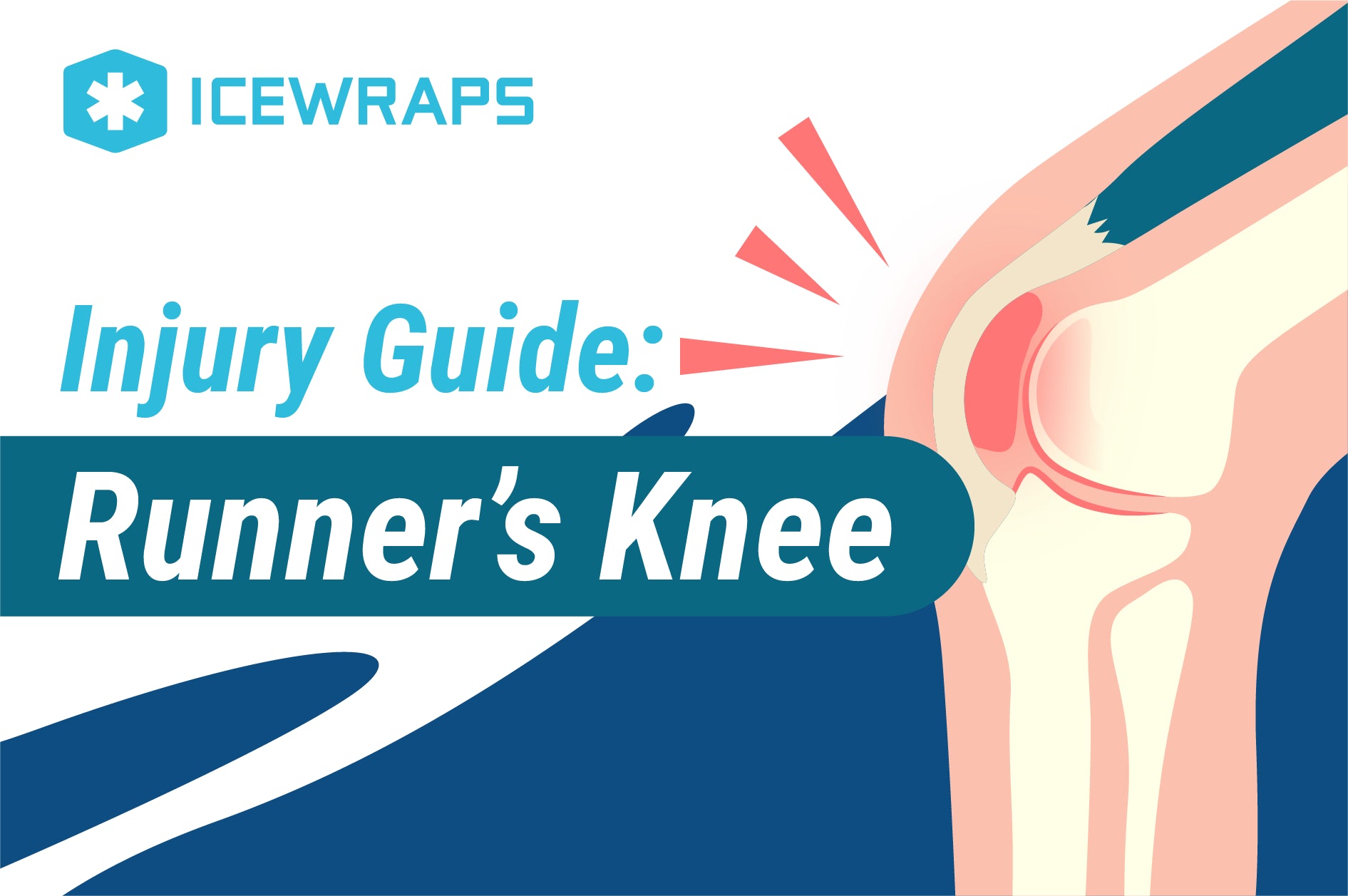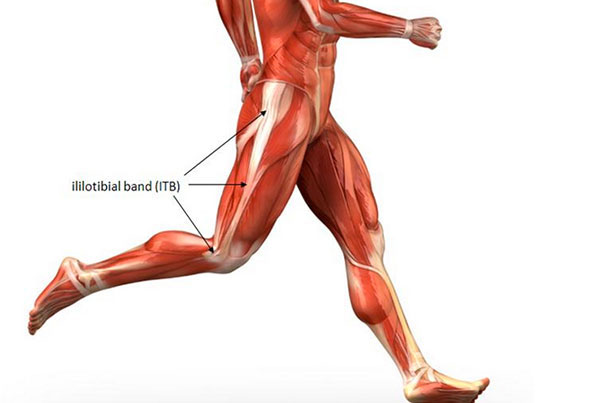Your Cart is Empty

Pain around your kneecap? Maybe it’s runner’s knee. But don’t fall for its deceptive name, this condition is not exclusive to runners.
Runner’s knee refers to the pain around the kneecap (in case you forgot - that’s also called the patella). Runner’s knee can sometimes be referred to aspatellar tendinitis, but it’s only one of the MANY causes of knee pain. Some of the conditions that are referred to as runner’s knee are anterior pain syndrome, patellofemoral malalignment, chondromalacia patella, or iliotibial band syndrome.
We know, we know - Big words. Allow us to break it down for you one by one.
Anterior knee pain syndrome, as the name suggests, is pain that occurs at the front and center of the knee. Pain at the front and center of your knee can be telling of conditions such as:
Patellofemoral malalignment is also called jumper’s knee since it’s common among people with a vigorous lifestyle who overuse their knees. Pain is often felt more when you engage your knees (running, using the stairs, squatting, etc.). The main symptom of patellofemoral malalignment is pain, but it can also manifest as instability, knee effusion, weakness, or locking and grating.
Chondromalacia patella is the softening and the breaking down of the cartilage on the underside of the kneecap. This stems from the kneecap and the thigh bone rubbing together.
Iliotibial band syndrome is an overuse injury of the connective tissues that are located on the outer side of the thigh and knee.

The iliotibial band is a thick band of tissue that runs along the outside of the thigh - from the hipbone to the tibia. It crosses both the hip and the knee joints and allows the hip to maneuver away from the midline. It’s also integral to the knee’s ability to flex and extend.
Through overuse, the bursae along the bony condyle where the IT band glides across gets inflamed. This becomes the source of knee pain and when the symptoms are neglected, scars can develop in the bursa consequently decreasing the knee’s range of motion.
Dull and aching knee pain is the main symptom of runner’s knee. It can be felt behind the kneecap, around, or at the front and center of it. Other symptoms include:
To accurately diagnose the cause of your knee pain, your doctor will have to conduct a physical examination. Imaging tests such as X-rays, MRI, and a CT scan might also be necessary.
Most cases of runner’s knee can be treated without any drastic measures like surgery. It can take 4 to 6 weeks to recover from it. More often than not, runner’s knee can be treated with the age-old P.R.I.C.E. method.
P is for Protect
Protecting the knee from any more injuries is the first step of P.R.I.C.E. Knee braces are very helpful in supporting your knee’s recovery or preventing any injuries while playing sports.
R is for Rest
In order to give your knee time to heal, avoid repetitive stress on your knee. Stop any strenuous activities and try not to give it any stress at all.
I is for Ice
Cold therapy significantly reduces blood flow to the injured area, which results in less swelling. It acts as a local anesthetic by numbing the sore muscles and sends less pain signals to the brain.
 |
 |
|
ICEWRAPS 5”x7” Reusable Gel Ice Packs
|
ICEWRAPS 12”x21” Reusable Ice Pack with Soft Fabric Cover
|
C is for Compression
Compression is helpful in reducing swelling. Wrap your knee with an elastic bandage or compression wraps in order to reduce pain and swelling. When done properly, compression can help oxygen and nutrient-rich blood to the injured area to promote recovery.
E is for Elevation
Keeping the injured area above the level of the heart will help with swelling. You can elevate your knee by placing a pillow under it while you’re sitting or lying down.
If these methods aren’t enough, taking over-the-counter NSAIDS (non-steroidal anti-inflammatory medications) like Ibuprofen, Naproxen, and Acetaminophen will surely help. Some exercises can also help with pain or strengthening your knee.
You can check this one out from Doctor Jo:
If the pain and swelling does not subside after applying the PRICE method, your injury might be more serious than it seems. Check in with your physician immediately if you feel significant pain or notice significant swelling to make sure you haven’t seriously damaged your knee.
Some people might be hesitant to go to the physician since it might mean that they have to stop playing a sport that they love or stopping an activity that they need to do on the daily. Remember that the earlier you can get help, the earlier you can get your treatment, and the faster your recovery will be.
Surgery may be needed in cases with a damaged cartilage or a misaligned kneecap.
Our knees allow us to enjoy our human body and its incredible range of motion. We can jump, run, feel alive, be stronger, run for miles, and really go the distance. However, it is susceptible to pain or overuse. Don’t forget to rest when you can - especially when it gets too much.
Here at IceWraps, we want to support you while you lead an active lifestyle and help you manage the pain that you experience along the way. With IceWraps, pain relief is just a click away!
 |
 |
 |
|
ICEWRAPS 4"x10" Reusable Gel Ice Packs
|
ICEWRAPS 3"x5" Reusable Gel Ice Packs
|
ICEWRAPS 5”x7” Reusable Gel Ice Packs
|
Comments will be approved before showing up.